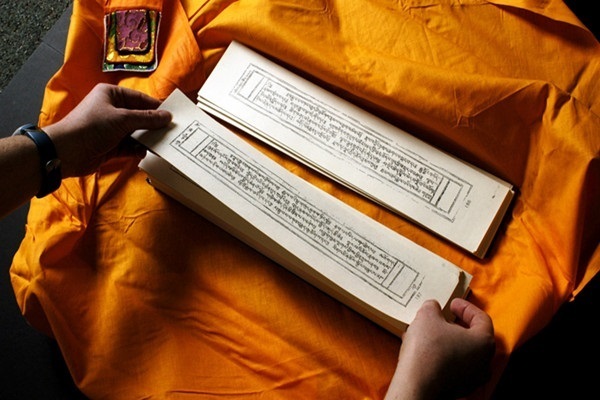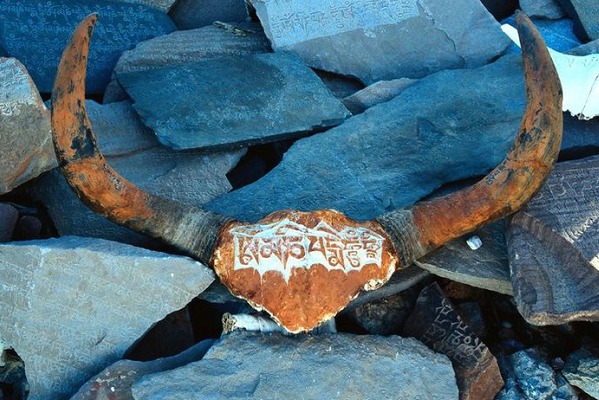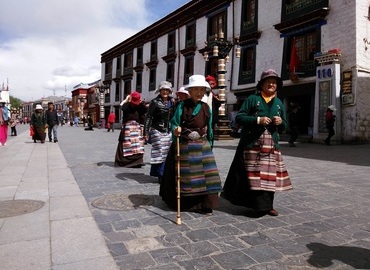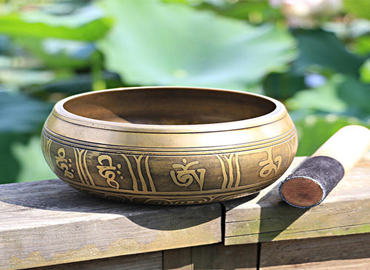Tibetan Language
- Beatrice
- Last Updated : 10/23/2024
Tibet -- the roof of the world is a region full of amazing environments, beautiful features, and houses lots of unbelievable sites, mountains, and religious activities. It’s also an area full of tradition and mysterious culture. Many tourists have been to Tibet, but very a few understand the language of Tibet.
So, in this article, we shall discuss the history, alphabet, notable features, as well as grammar in the Tibetan language.
The Tibetan language is sometimes referred to as Bodic or Tibetic language, which is gotten from the Tibeto-Burnam group. This group originated from the Sino-Tibetan language family.
Tibetans, Nepalese, Bhutanese, and some parts of northern India such as Sikkim also speak the Tibetan language fluently. According to scholars, it’s now divided into four different dialect groups which are Central, Northern, Southern, and Western Tibetan Language.
However, each dialect is divided into different Tibetan languages. For instance, the Lhasa dialect is for the central group while Sikkim, Nepal, and Bhutan belong to the southern group. The western groups have a different intonation compared to other dialects.
According to orthographers, the Tibetan language was pronounced during the 7th century, and its present form has been used since the 9th century. Since the Tibetic language is an ancient language, its pronunciation does not meet up with today’s standards.
Written Tibetan

Historically, written Tibetan came up during the 7th century AD according to Thonmi Sambhota -- who is one of Songsten Gampo's ministers.
Songsten Gampo was the 33rd king of the Yarlung Dynasty of southern Tibet, and at the same time, the first ruler in the land of Tibet.
This ruler sent Thonmi Sambhota to India to gather information about the Buddhist religion.
So, Sambhota made a script based on the Devanagari model. By using Sanskrit grammar, Sambhota wrote Tibetan grammar, and with Tibetan alphabets, Buddhist text was translated into Tibetan text.
Moreover, Mahavyutpatti, which is the first Sanskrit-Tibetan dictionary, is a kind of woodblock printing appeared for the first time in the 9th century.
Since then, this language has been used in Tibet, and this kind of printing can still be found in a few monasteries in Tibet.
The Tibetan language came up as a result of getting firsthand Buddhism information and includes works translated from Sanskrit and Chinese into a proper Tibetan language.
Features in Tibetan Language

The language in Tibet uses syllabic alphabets as its preferred writing system and has lots of features making it more generally acceptable to be used by the Nepalese, northern Indians, and Bhutanese.
Therefore, for each letter of the Tibetan alphabet, there is usually an inbuilt vowel /a/. However, we can easily indicate other vowels that appear below or above the main letter of the Tibetan language using different diacritics.
The Tibetan writing style starts horizontally from the left-hand side to the right direction.
While dots are used to separate syllables written in the Tibetan language, special conjunct letters are used to write cluster consonants.
Tibetan Alpabets
The Tibetan language is a unique language with unique alphabets though it has some notable features similar to many other Himalayan languages, yet its uniqueness is second to none.
The Tibetan alphabet uses U-Chen for printing the script version of the alphabet.
Grammar

Tibetan language, in general, has a lower level of agglutination, unlike the agglutinative language where affixes and meanings are combined with new words to show grammatical relationships between them.
Also, in the language of Tibet, there are three different registers used which are the colloquial spoken language, classical written language, and the formal spoken language.
Each of these registers is different both in grammar and vocabulary.
Conclusion
Tibet language has an excellent historical beginning showing that Buddhism religion has been existing in Tibet before the 7th century AD. Therefore, getting familiar with the Tibetan language is pretty easy if you have an interest to learn. Besides, you can learn the Tibetan language in areas like northern India, Nepal, and Bhutan. Conclusively, to have the most convenient and practical learning experience of the Tibetan language, you may plan Tibet on your next trip.
Email response within 0.5~24 hours.






